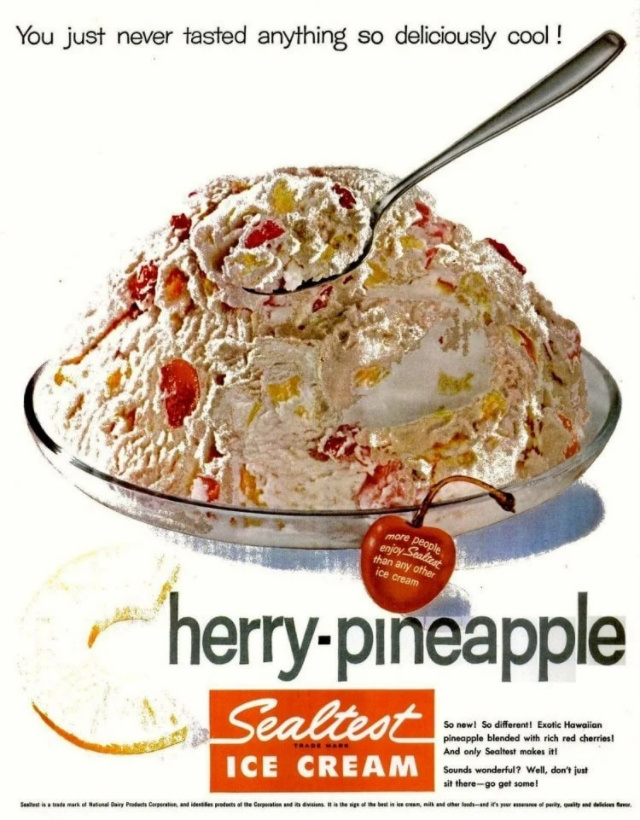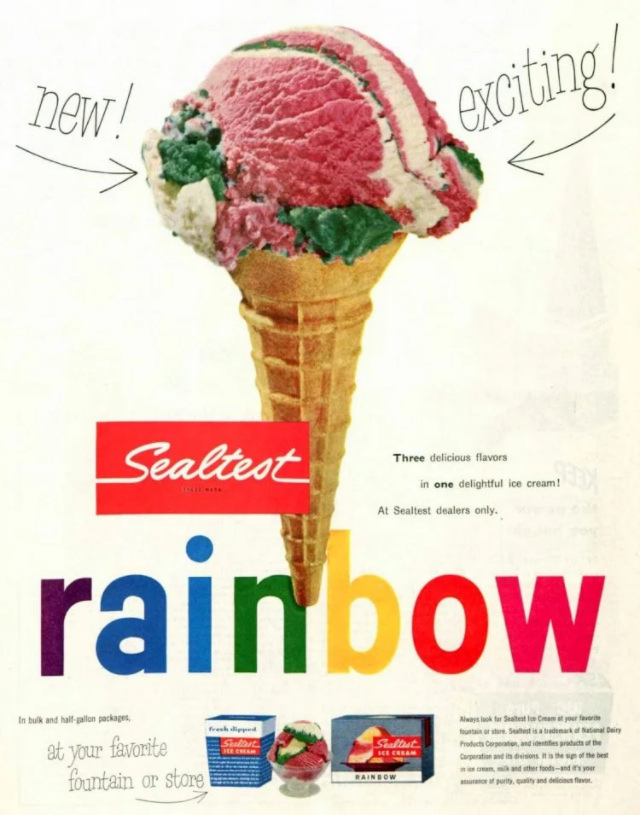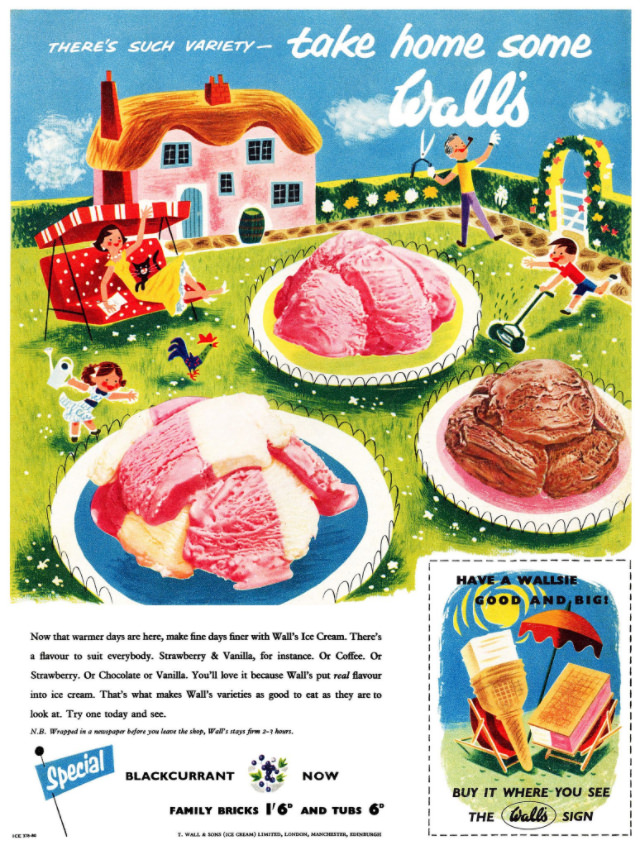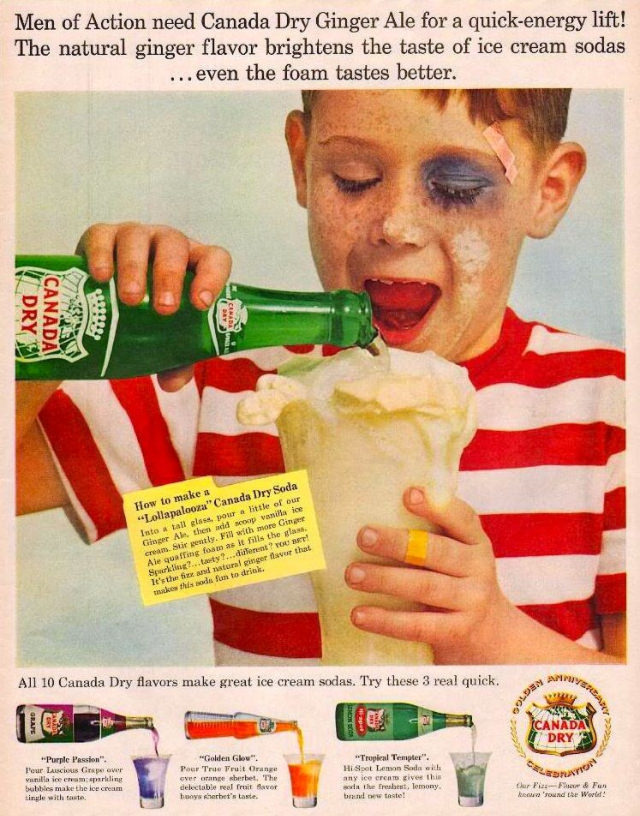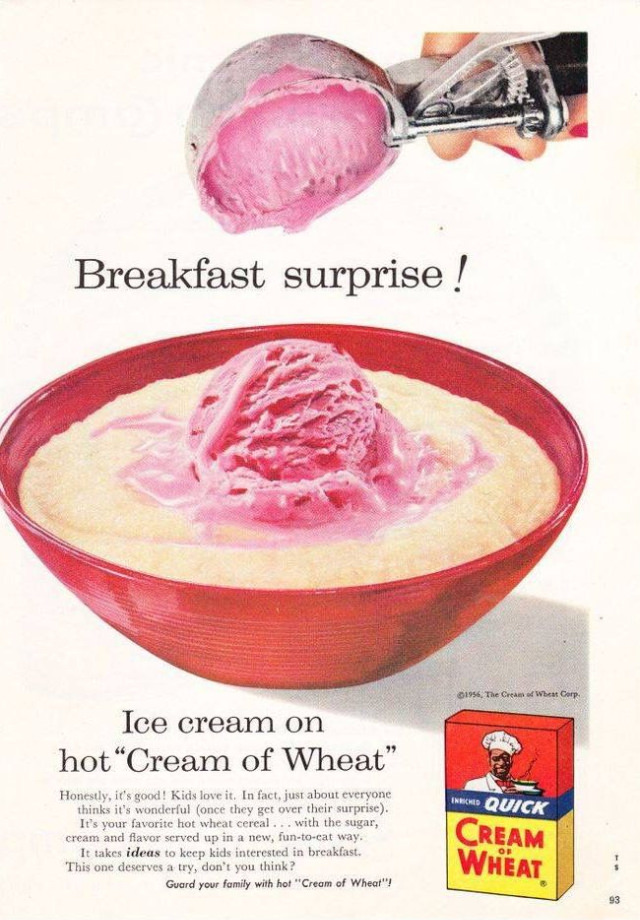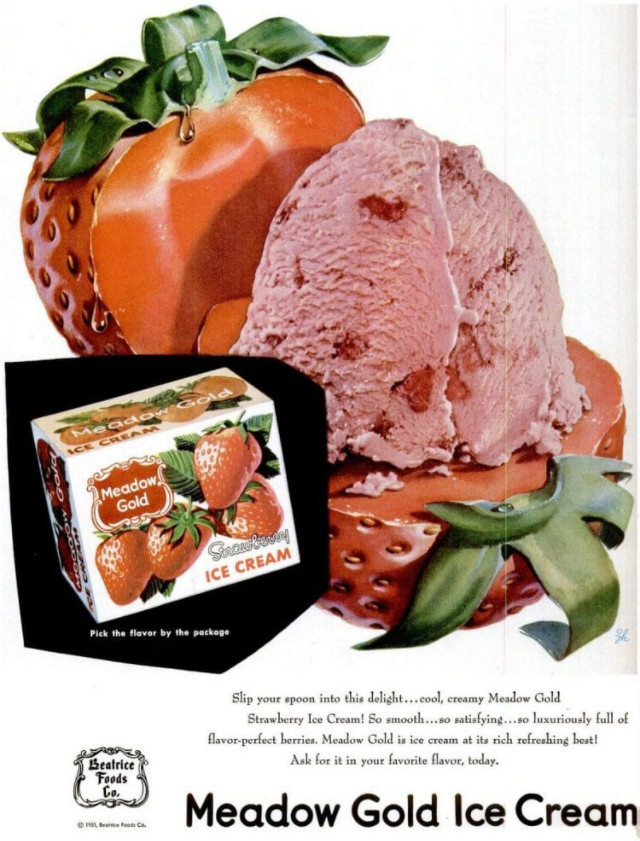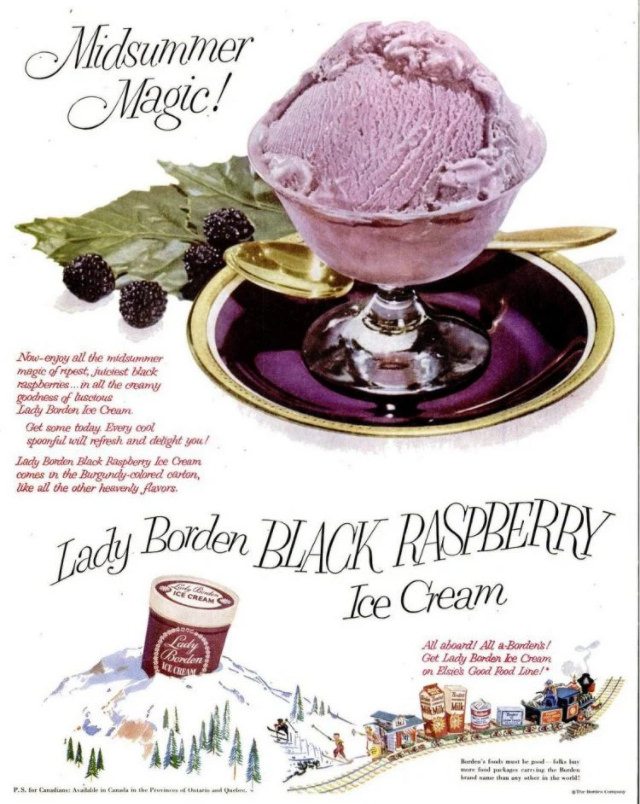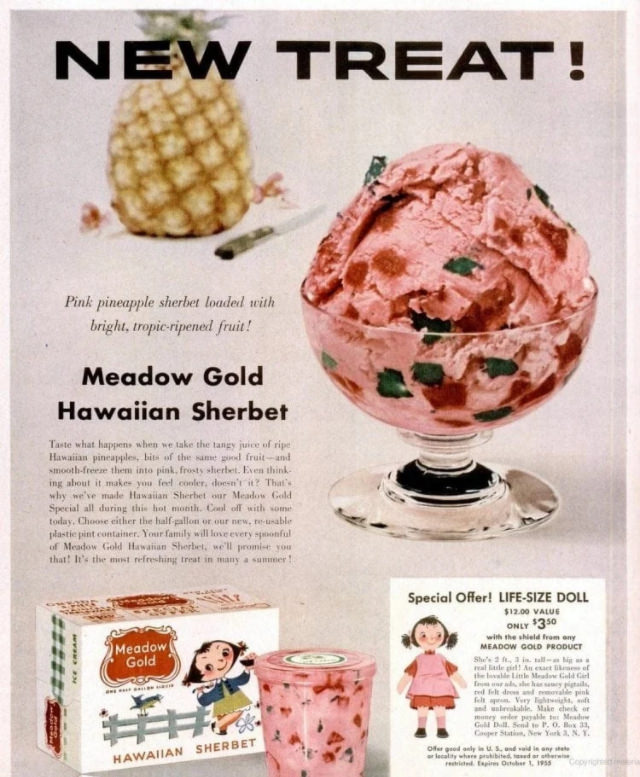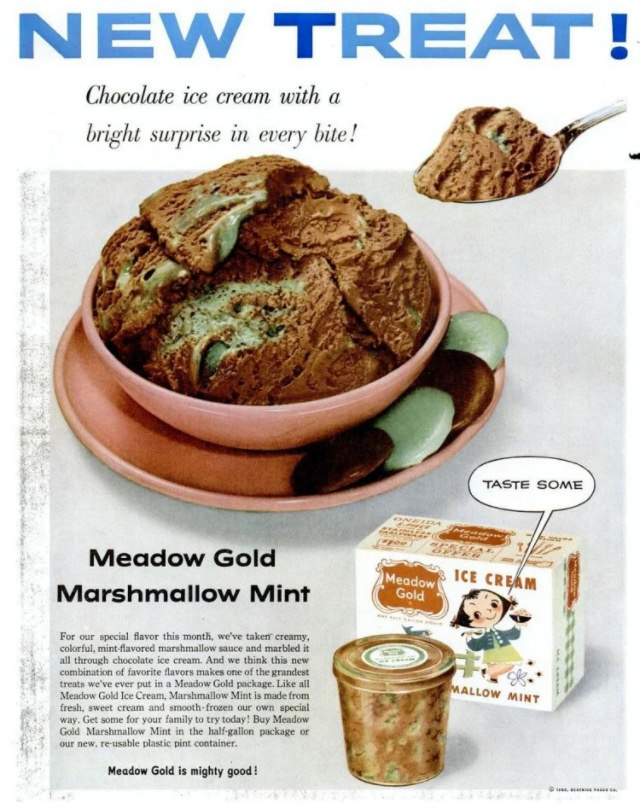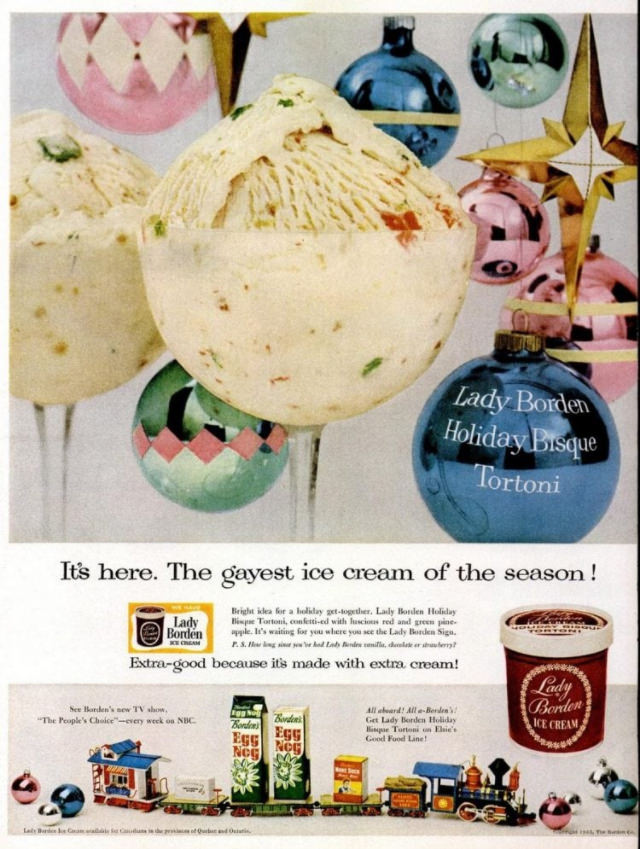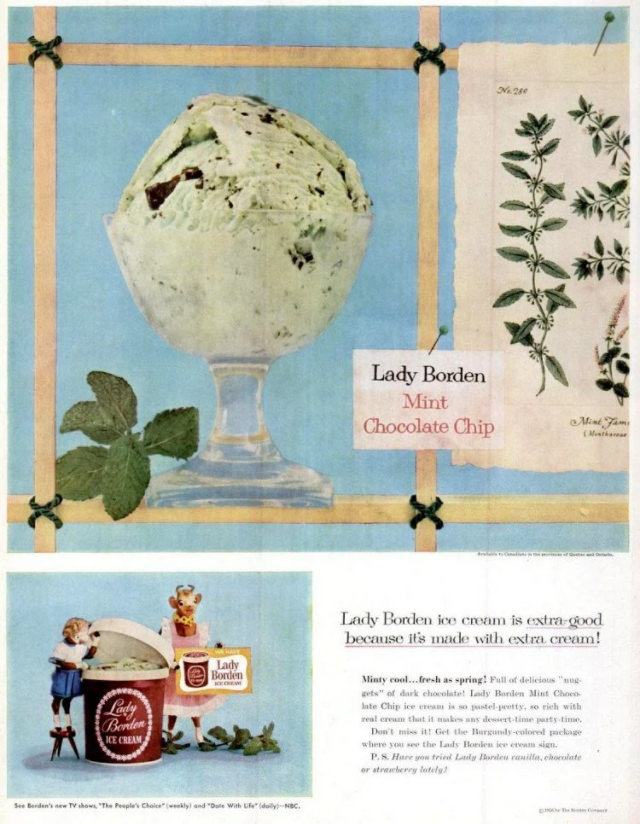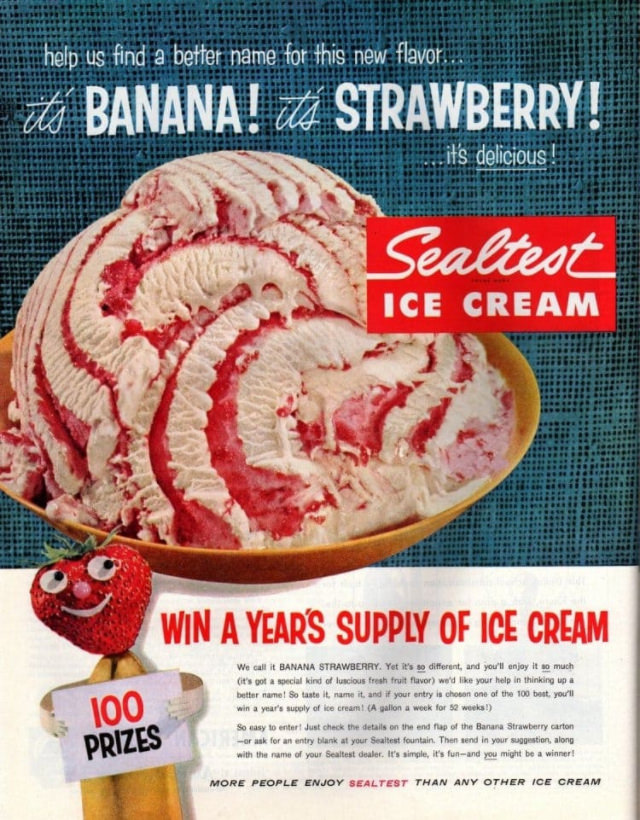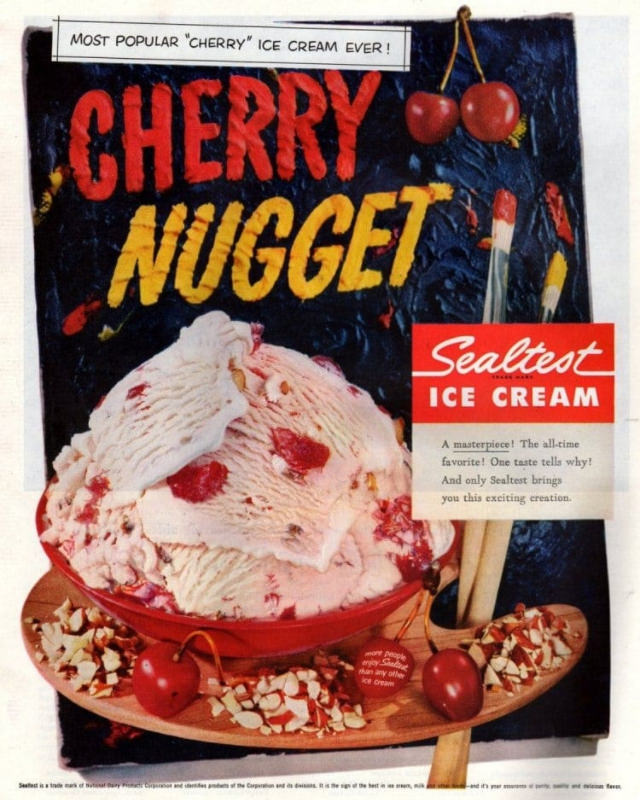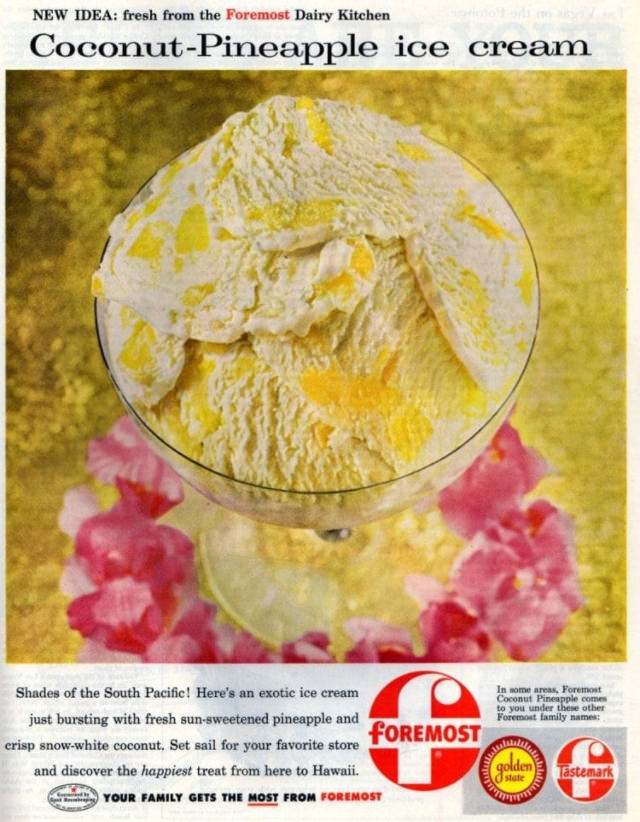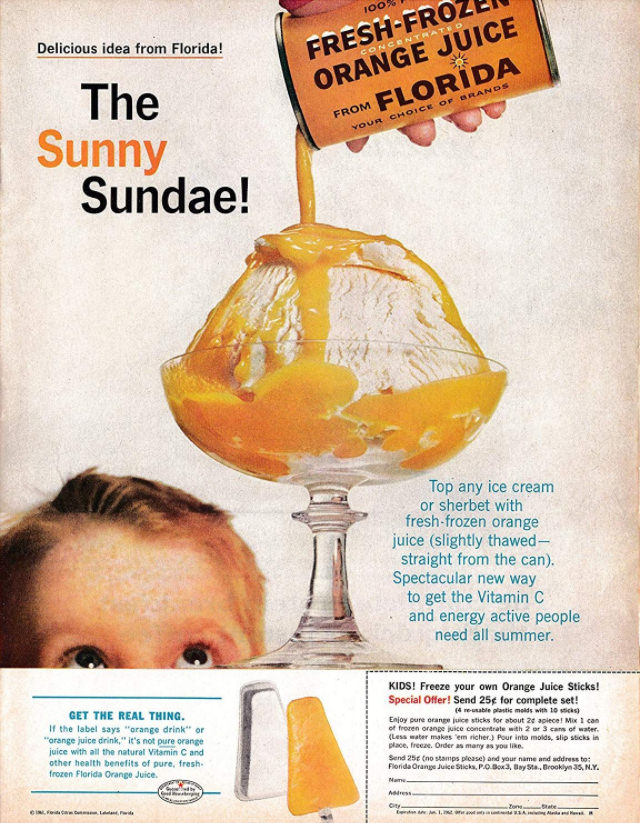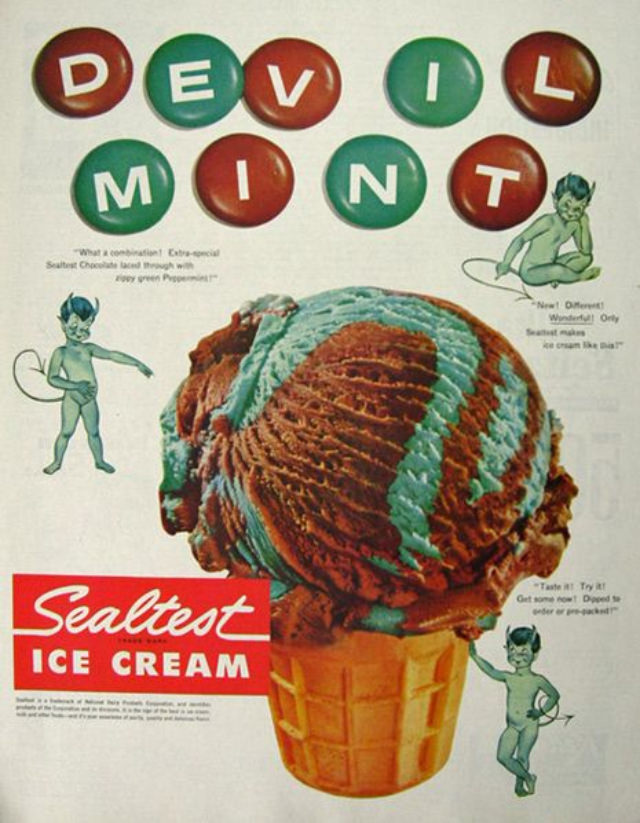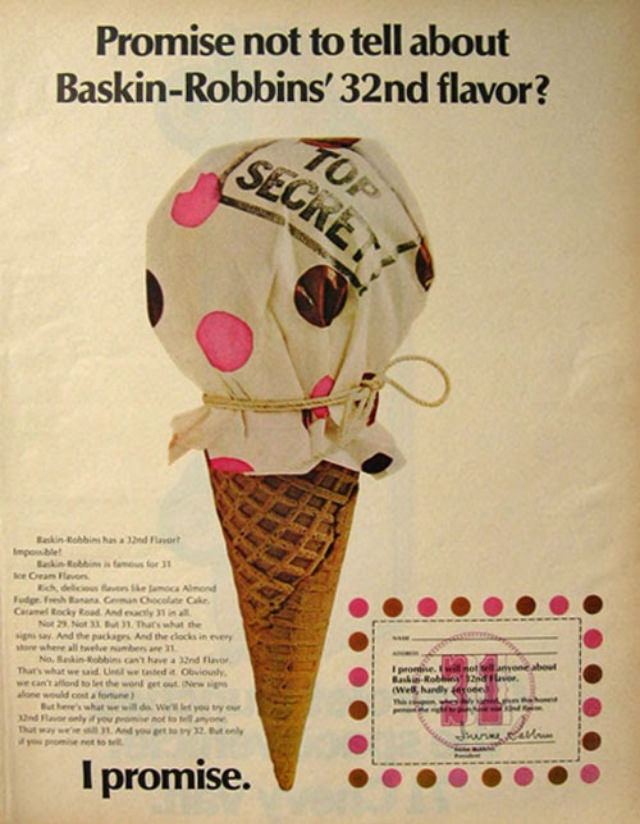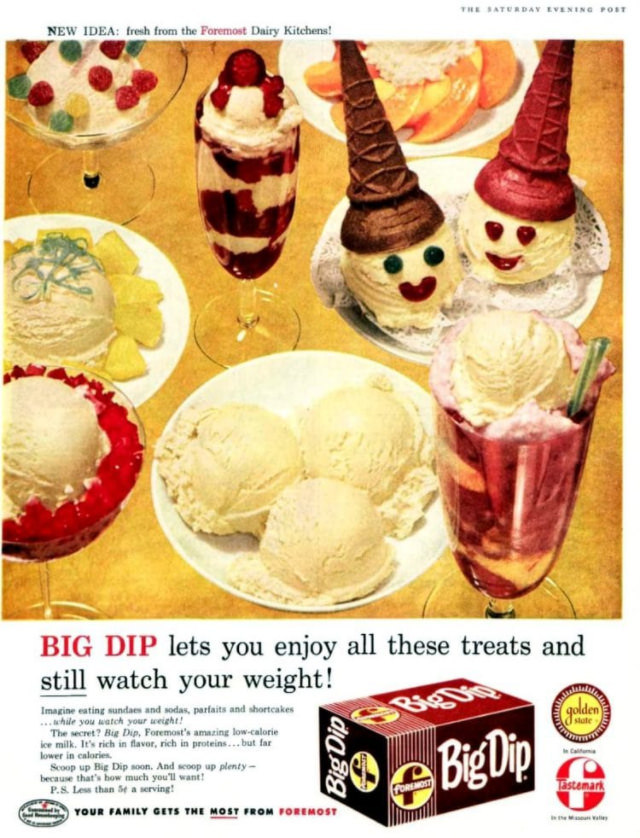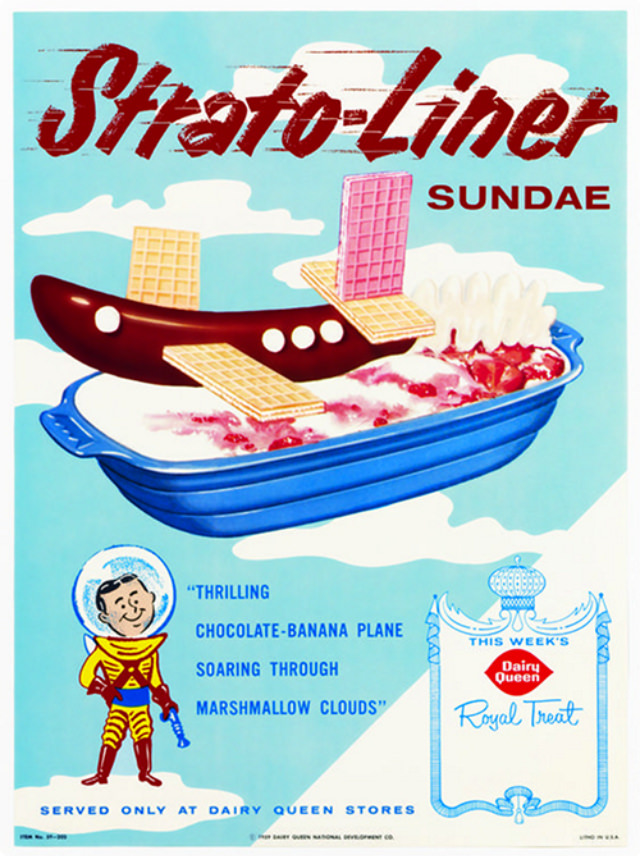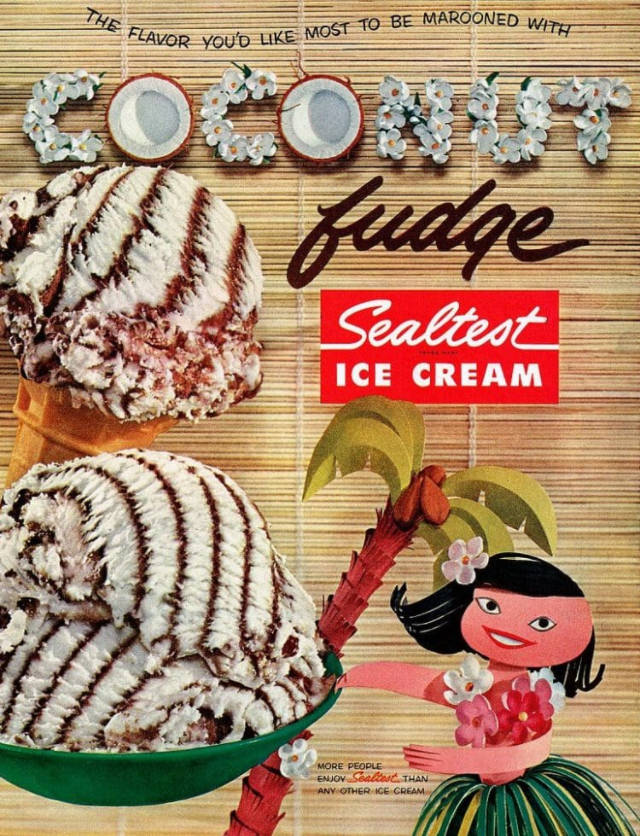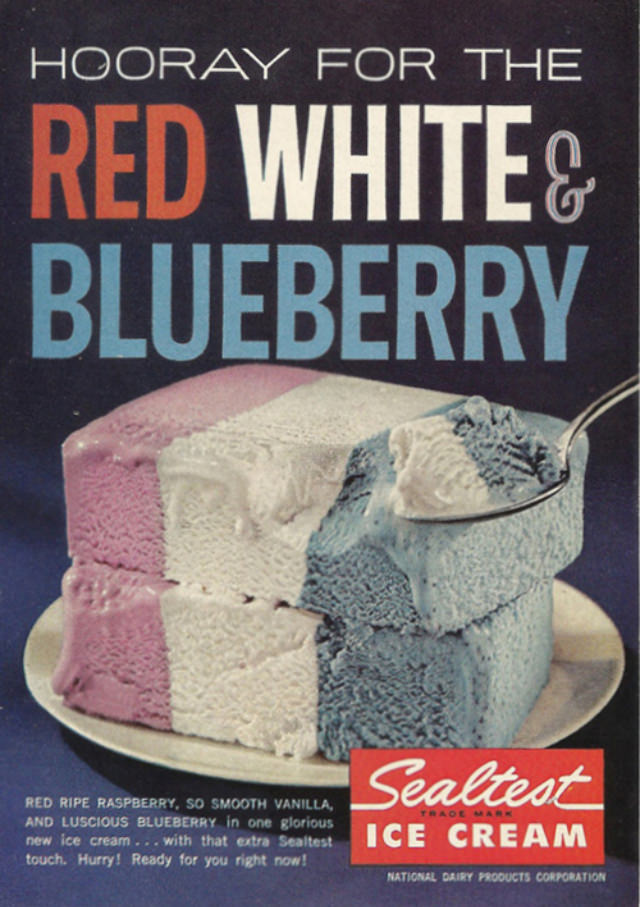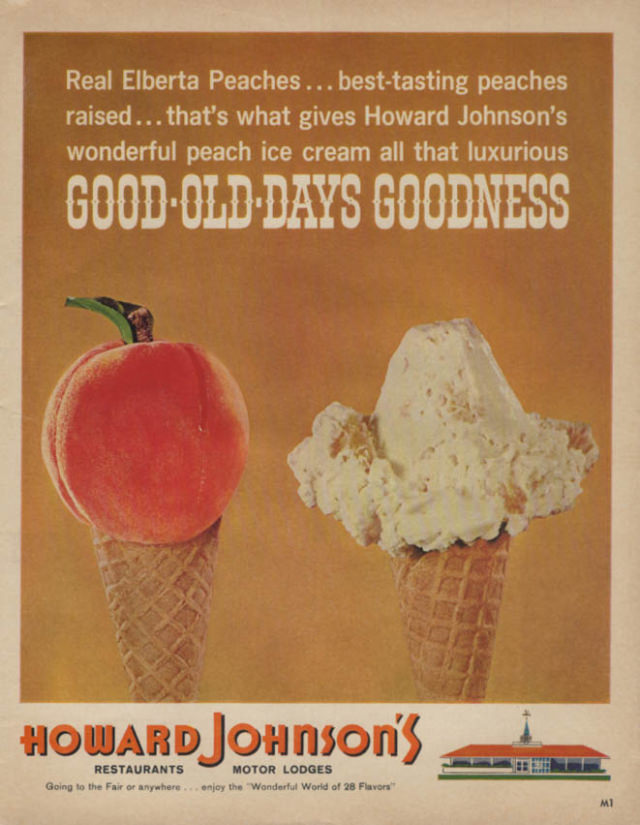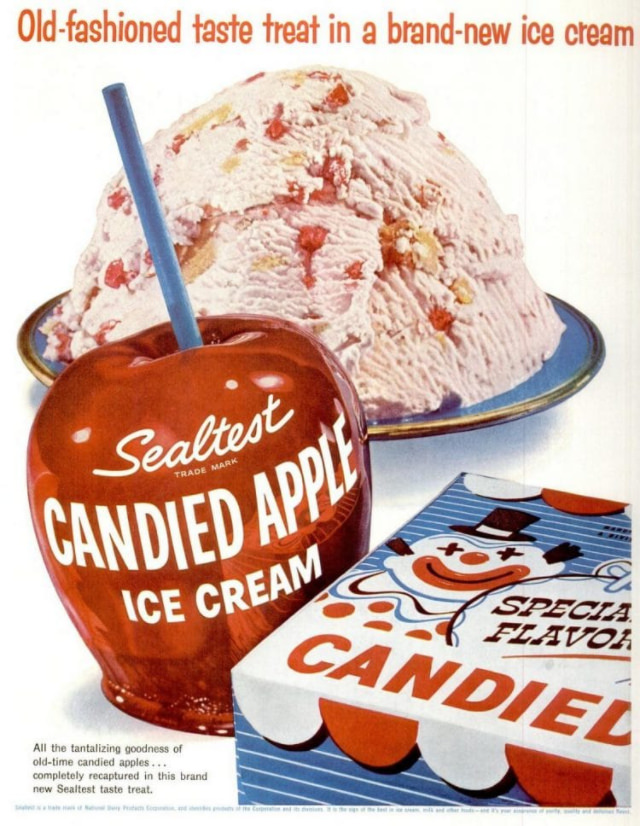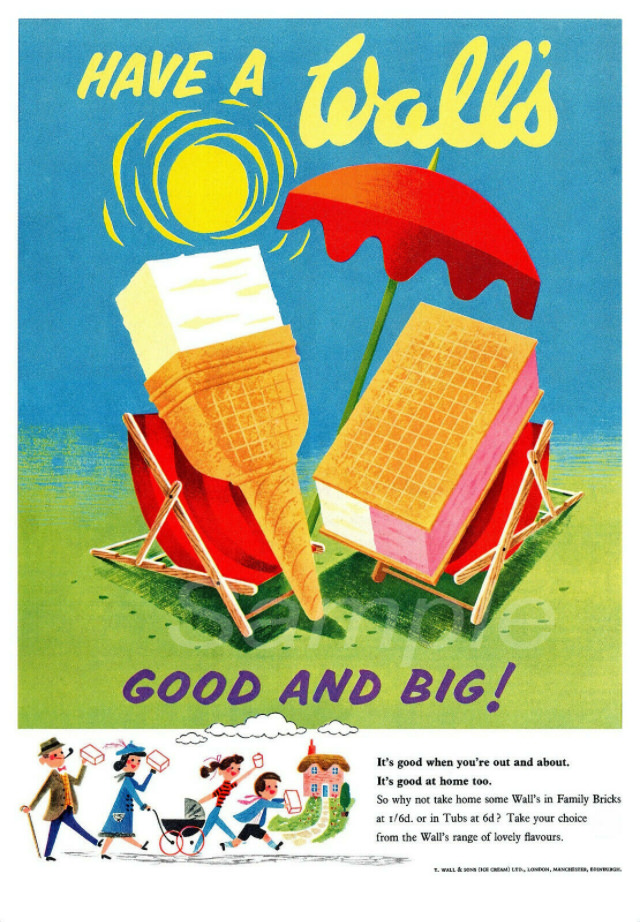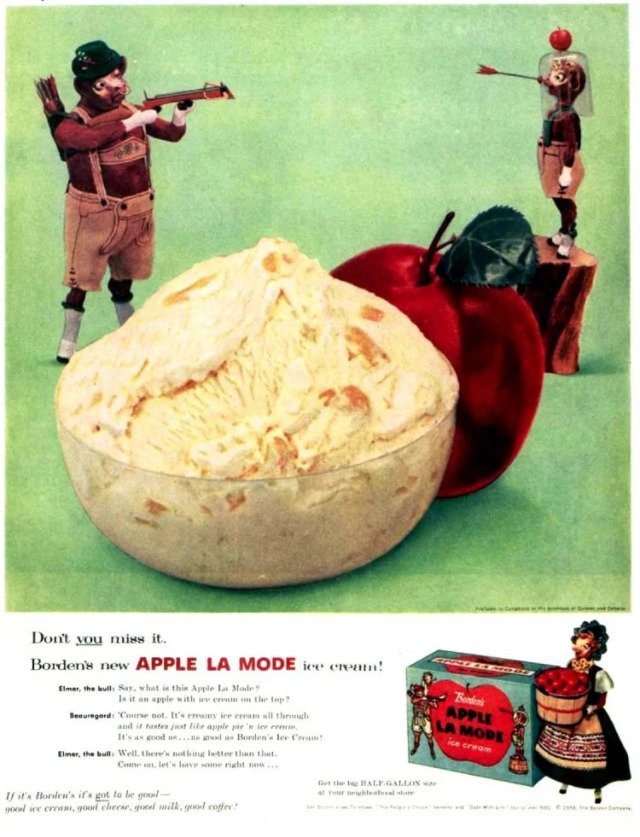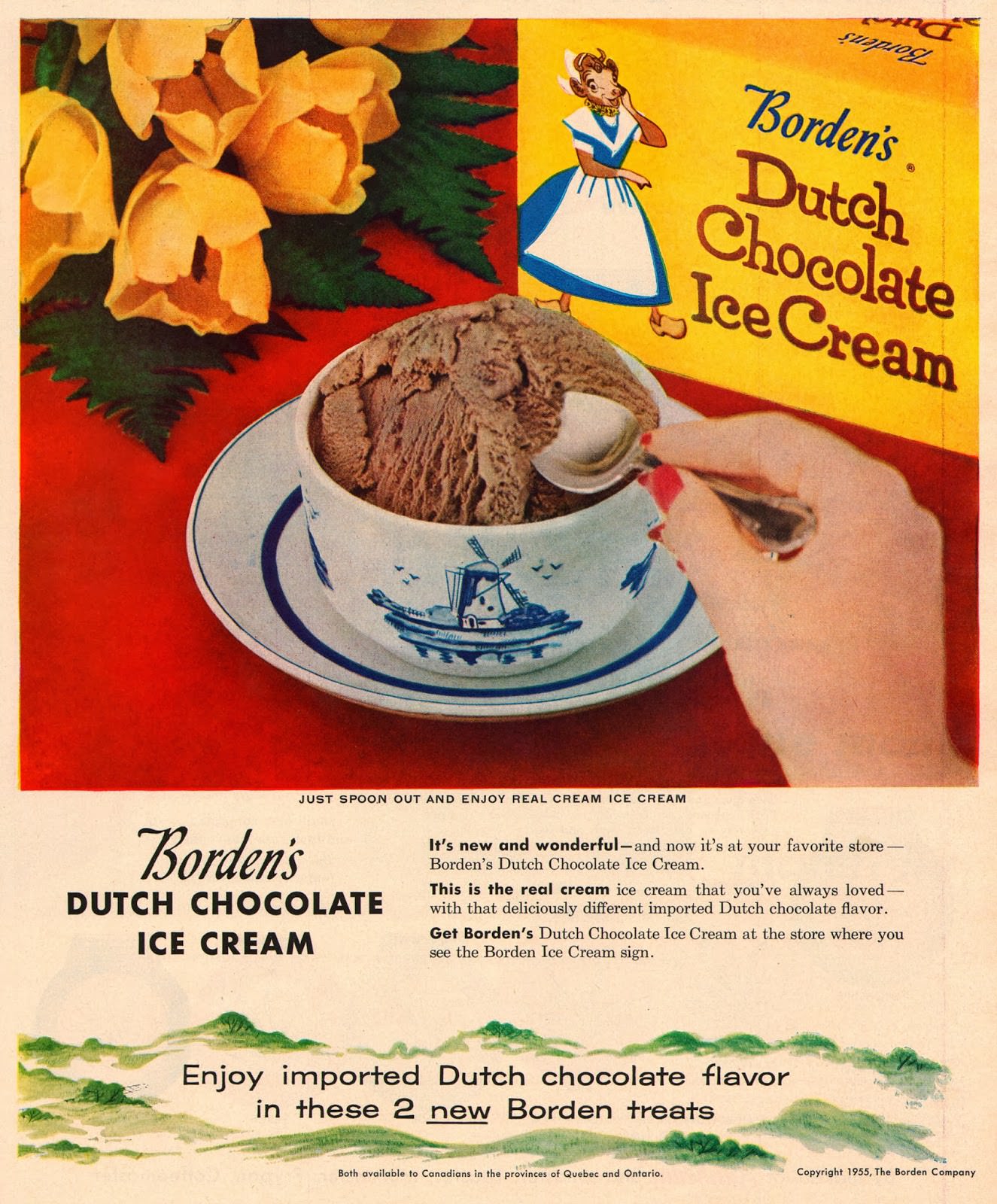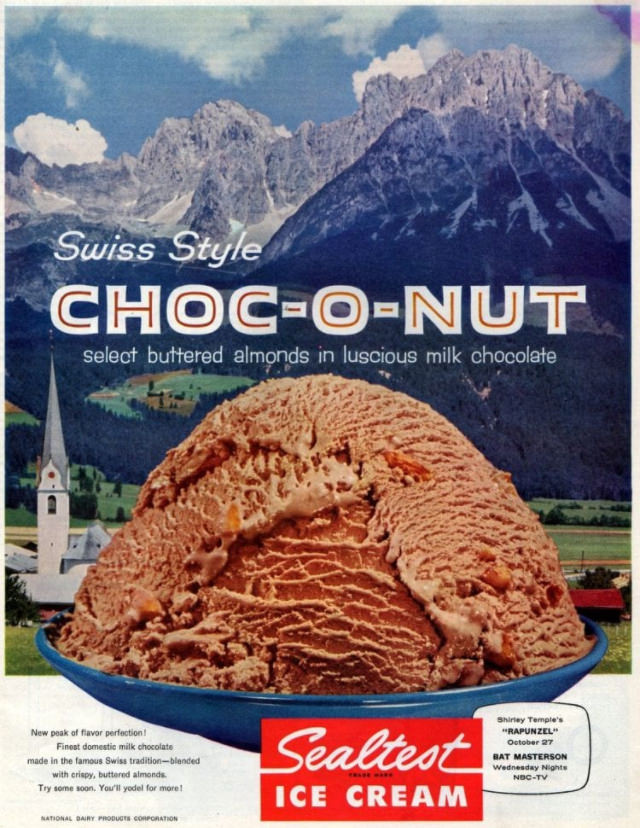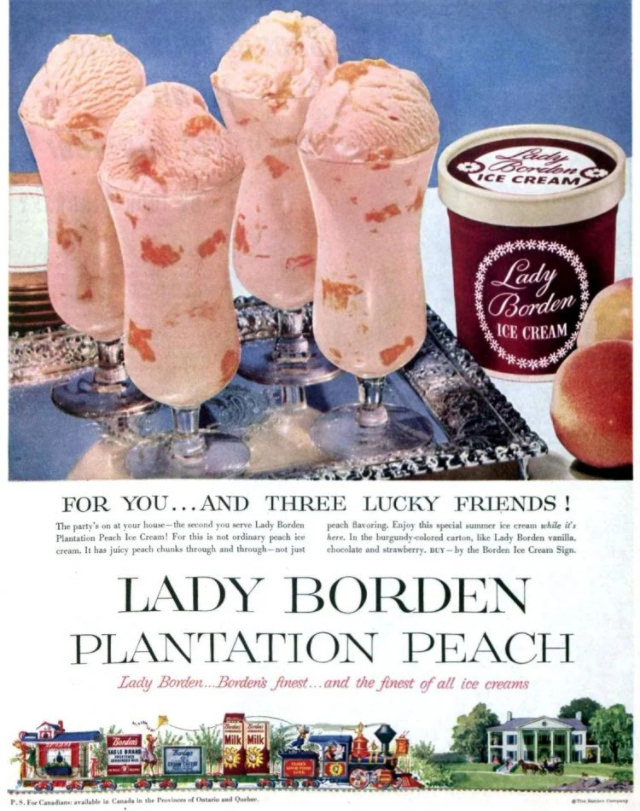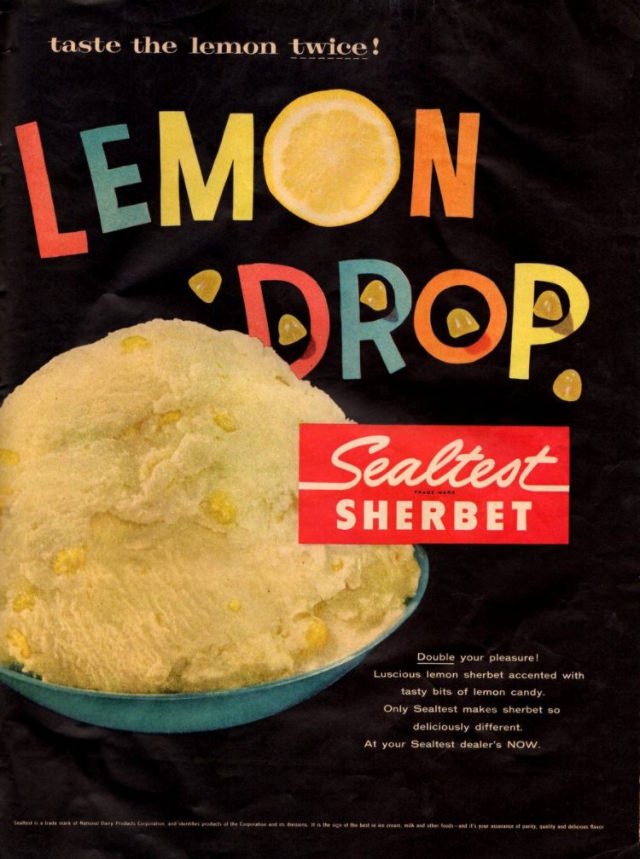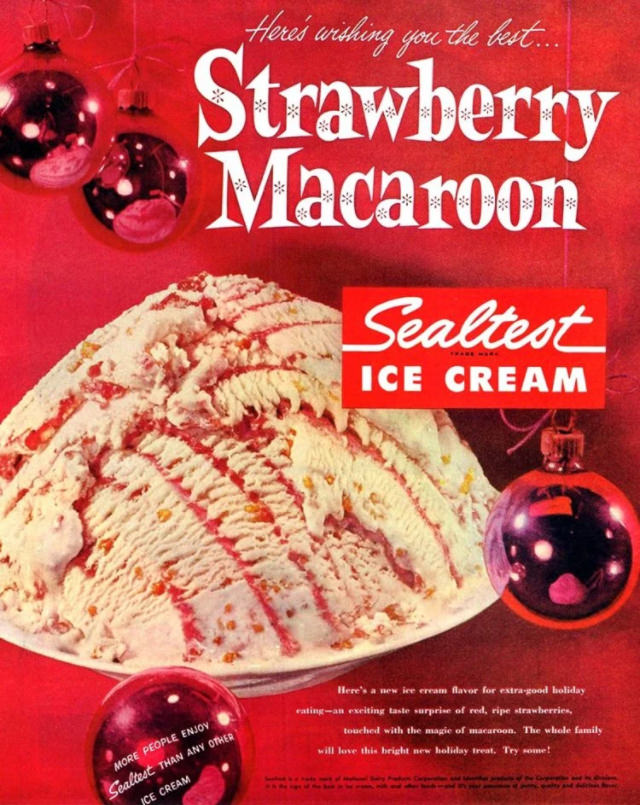The first record of ice cream in the United States dates to 1744 when a governor of Maryland, William Bladen, wrote a letter to a guest. The New York Gazette published the first advertisement for ice cream in the U.S. on May 12, 1777, when confectioner Philip Lenzi announced that it was available “almost every day.” In 1790, a merchant on Chatham Street in New York kept records showing that President George Washington spent approximately $200 on ice cream.
Before 1800, ice cream was a rare and exotic dessert enjoyed mostly by the elite. Insulated ice houses were invented around 1800. In 1851, a Baltimore milk dealer named Jacob Fussell pioneered ice cream manufacturing in America. Ice cream production increased in the United States and other industries using steam power, mechanical refrigeration, the homogenizer, electric power and motors, packing machines, and new freezing processes and equipment. The motorized delivery vehicle revolutionized the industry as well. Currently, the United States produces more than 6.4 billion pounds of frozen dairy products annually due to technological advances. Ice cream was widely available during the late 19th century, resulting in new products. With the invention of ice cream soda in 1874, an American soda fountain shop and the “soda jerk” profession were born. In the late 1890s, ice-cream sellers, under religious criticism for eating “sinfully” rich ice cream sodas on Sundays, removed the carbonated water from the ice cream and invented an ice cream “Sunday”. Eventually, the name was changed to “sundae” to remove any Sabbath associations.
During World War II, ice cream was an edible symbol of morale. Each branch of the military tried to outdo the other in serving ice cream to its troops. The first floating ice cream parlor was built for sailors in the western Pacific in 1945. The United States celebrated its victory with ice cream when the war ended and lifted dairy rationing. In 1946, Americans consumed more than 20 quarts of ice cream per person. From the 1940s to the 1970s, ice cream production in the United States was relatively constant. In supermarkets, prepackaged ice cream replaced traditional ice cream parlors and soda fountains. Specialty ice cream shops and unique restaurants serving ice cream dishes are gaining popularity. The ice cream shops and restaurants of yesteryear are popular with those who remember the soda fountains and ice cream shops of the past and the younger generation of ice cream enthusiasts.
Below are some stunning vintage ice cream ads from the 1950s.


